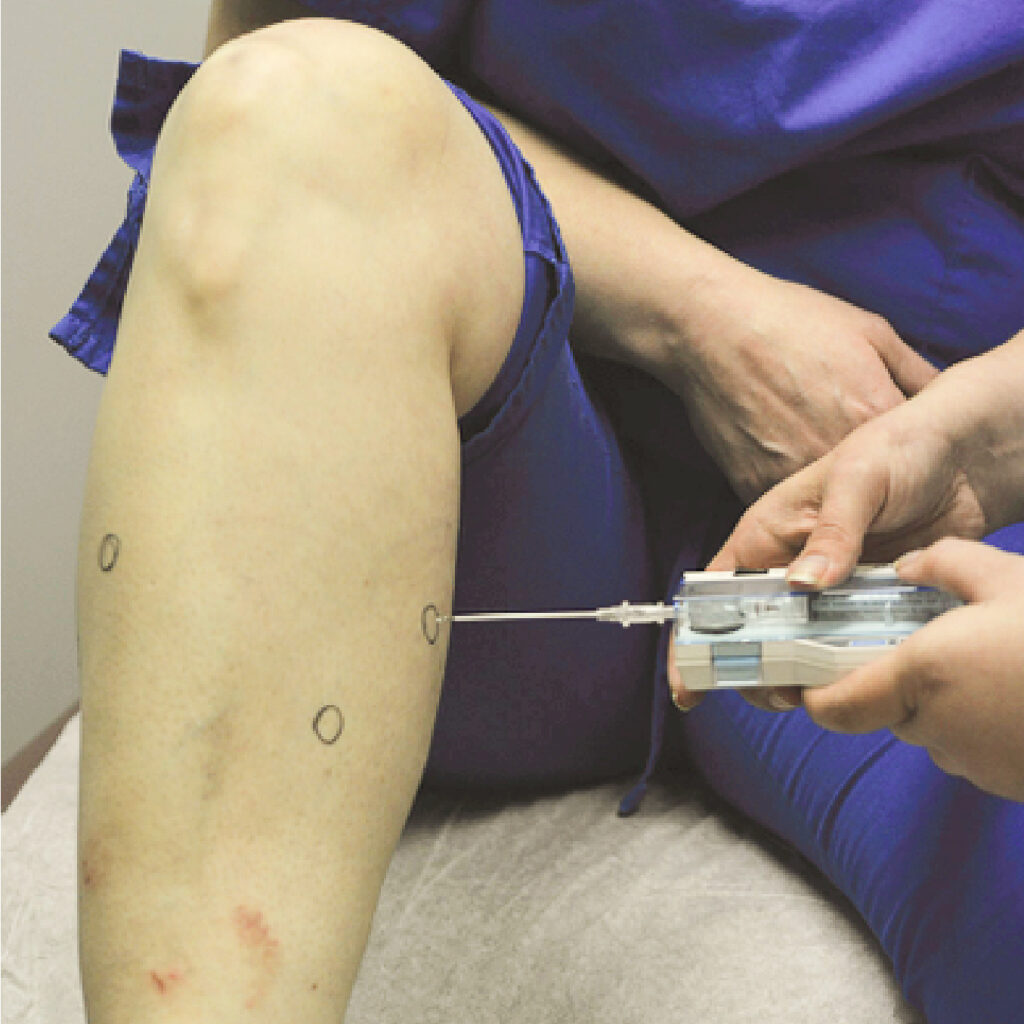Mavor first described chronic Exertional Compartment Syndrome (CECS) in 1956 in which there was increased pressure within a specific muscle compartment of the leg, which causes pressure on vessels and nerves causing the symptoms.
Abstract
Increased tissue pressure within a fascial compartment may be the result of any increase in volume within its contents or any decrease insize of the fascial covering or due to any distensibility of the fascial covering (eg, patients with thickened fascia). Therefore, the initial clinical diagnosis of CECS is made by a careful history and by exclusion of other maladies and confirmed by compartmental syndrome testing.
Key Points
- Increased tissue pressure within a fascial compartment may be the result from any increase in volume within its contents or any decrease in size of the fascial covering or due to any distensibility of the fascial covering (ie, patients with thickened fascia).
- Shin splint pain and chronic exertional compartment syndrome(CECS)can be differentiated by a careful history and by exclusion of other maladies and confirmed by compartmental syndrome testing.
- Once the practitioner makes the proper diagnosis of CECS, through clinical examination and intracompartmental testing, surgical fasciotomy along with ancillary procedures should allow the athlete to return to competitive activity.
Intervention and Outcome Summary
Once the practitioner makes the proper diagnosis of CECS, through clinical examination and intracompartmental testing, surgical fasciotomy along with ancillary procedures should allow the athlete to return to competitive activity.
Original Publication
Department of Podiatry, Hackensack University Medical Center
Authors
Richard T. Braver, DPM
